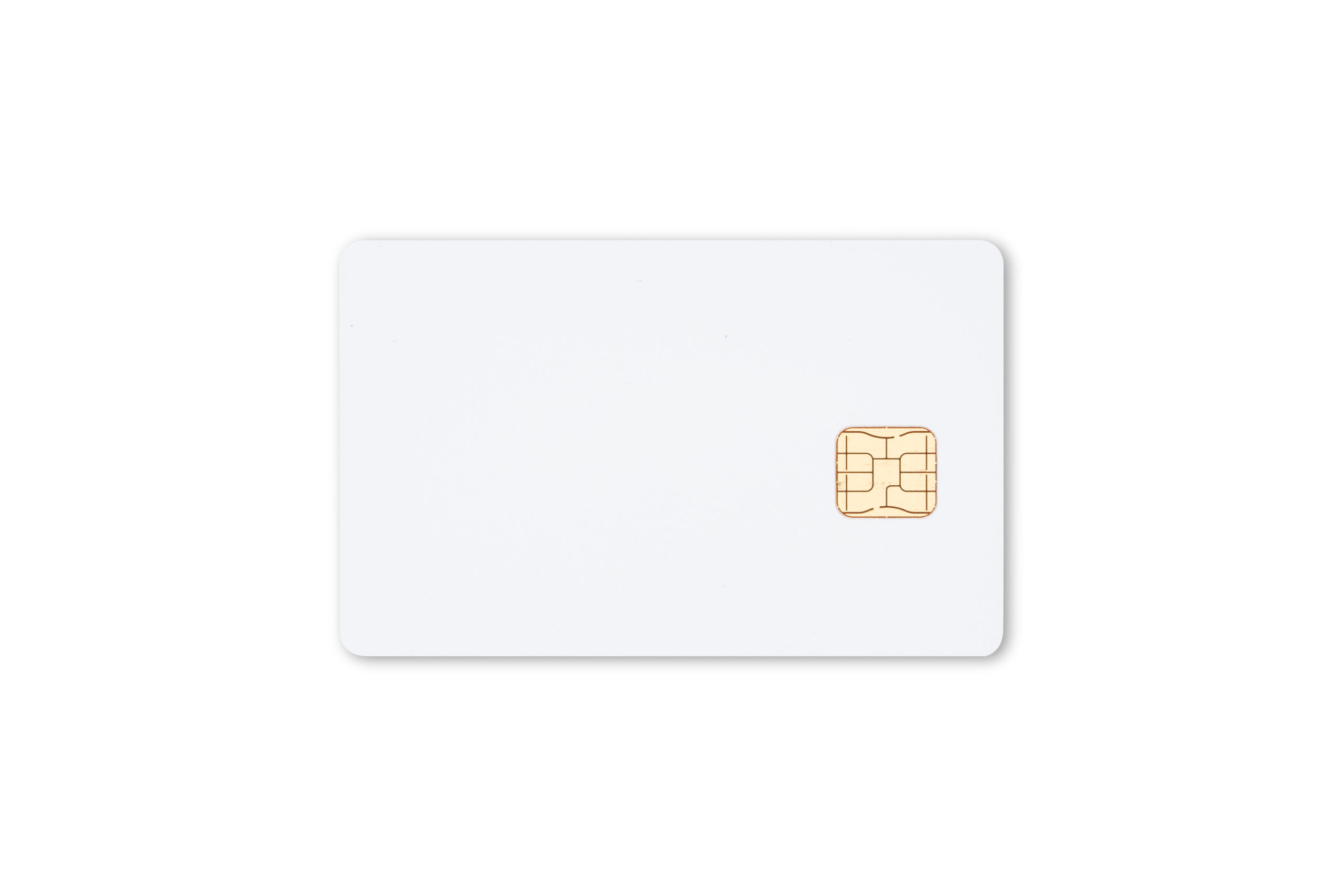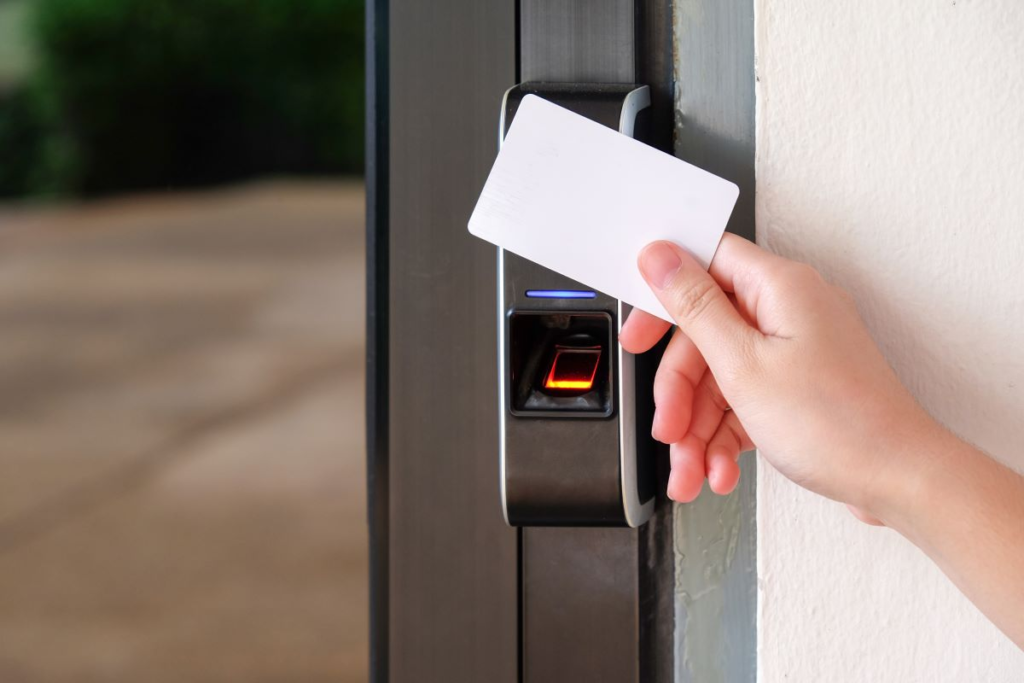
PVC vs PET Blank Card: Which One Fits Your Project Best?
When planning card printing or identification projects, selecting the right blank card material is crucial, as it directly impacts the final result. Among many commonly used materials, PVC and PET stand out due to their versatility, durability, and printability. While their uses are similar, they differ significantly in heat resistance, flexibility, environmental impact, and cost. I will explain these differences below, which will help you decide whether to choose PVC or PET blank cards.
Material Composition and Structure
PVC (Polyvinyl Chloride) is widely known for its affordability and ease of printing. It’s made from durable plastic polymers that are soft enough for thermal transfer printing. PET (Polyethylene Terephthalate), on the other hand, is a more rigid, more stable plastic that performs well under heat and stress. It resists warping and cracking, making it ideal for applications that require long-term reliability. The core structural difference lies in molecular rigidity—PVC is slightly softer, while PET offers better dimensional stability and a higher melting point.
-1024x1024-jpg.webp)
Durability and Longevity
When it comes to durability, PET cards usually outperform PVC cards. PET withstands higher temperatures and repeated bending without deformation. It also resists fading and cracking under UV exposure, a crucial feature for use in outdoor or industrial settings. PVC cards, although strong enough for most ID badges, tend to degrade more quickly when exposed to sunlight or heat over time. In environments like construction sites or outdoor events, PET Blank Cards last significantly longer, reducing replacement costs.
Print Compatibility and Finish
Printing is a significant factor when selecting Blank Cards. PVC cards are the industry standard for dye-sublimation and thermal transfer printers, offering smooth surfaces and consistent color reproduction. PET cards can also be printed, but they often require slightly higher heat and specialized printer settings. However, PET delivers sharper prints and better adhesion for overlay films or lamination. For projects involving high-quality imagery or brand-critical ID badges, PET might offer a superior result despite the higher setup requirements.

Environmental Impact and Sustainability
Sustainability has become a key consideration for many companies. PVC cards, unfortunately, are not very eco-friendly due to their chlorine content and limited recyclability. PET cards offer a greener option, as they are recyclable and produce fewer harmful emissions during manufacturing. Some suppliers even provide recycled PET (rPET) Blank Cards, reducing plastic waste and carbon footprint. For organizations with sustainability goals—like universities or eco-conscious brands—PET cards are the more responsible choice.
Cost Considerations
PVC cards are cheaper and easier to mass-produce, making them the preferred option for projects with tight budgets or large print volumes. PET cards, while slightly more expensive, justify their price with an extended lifespan and fewer replacements. For example, in long-term access control systems or innovative card projects, PET’s durability can offset its higher upfront cost. In short, PVC suits short-term or disposable uses, while PET pays off in long-term, high-use applications.

Typical Applications
PVC Blank Cards are widely used for employee IDs, gift cards, loyalty cards, and event passes—applications where replacement cycles are short. PET Blank Cards, due to their heat resistance and dimensional stability, are commonly used in government IDs, transportation passes, and smart cards that require lamination or embedded chips. Some large enterprises even switch to PET for corporate badges to reduce wear and extend the life of the cards. The choice often depends on how frequently the card is used, the environment in which it operates, and whether it carries embedded technology such as RFID or NFC.
Making the Right Choice
If your project demands high-quality printing at a low cost, PVC remains a practical and reliable choice. If you prioritize longevity, temperature resistance, or environmental responsibility, PET is the better fit. Before ordering, consider your printer type, the expected lifespan of the card, and potential environmental exposure. Many card manufacturers offer hybrid materials—PVC/PET composite Blank Cards—that balance cost and durability. This option is ideal for projects that require mid-range performance.

Choosing the Ideal Blank Card for Your Project
When planning card printing or identification projects, selecting the right blank card material is crucial, as it directly impacts the final result. PVC and PET are two of the most common choices, distinguished by their versatility, durability, and printability. While their uses are similar, they differ significantly in heat resistance, flexibility, environmental impact, and cost. Understanding these differences will help you make the right choice based on your specific application and budget.


